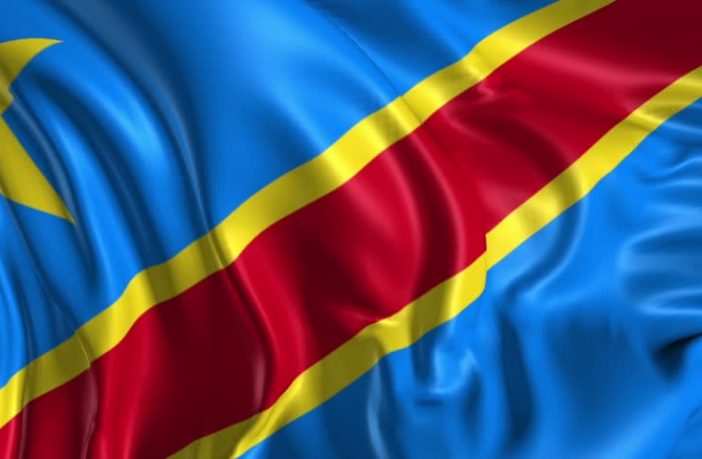- Over 28,000 households and businesses in eastern Democratic Republic of Congo will have access to affordable and reliable electricity
- The project showcases how several parts of the World Bank Group innovated to provided guarantees to private sector clients
- Once completed, this will be the largest mini-grid on the continent.
As the largest country in Sub-Saharan Africa by area, the Democratic Republic of the Congo (DRC) is endowed with exceptional natural resources. However, persistent conflicts and a challenging political and economic environment have made infrastructure development difficult. With an electrification rate of just 19%, DRC has the second-highest number of people globally — about 77 million — without access to electricity. Less than 2% of rural areas are electrified.
La Société Nationale d’Électricité, the country’s government-owned utility, has limited money to invest in grid expansion projects, complicated by the sheer size of the country and the dispersed population. The national grid coverage is non-existent in remote areas, yet economic activity and potential electricity demand remains robust.
The Multilateral Investment Guarantee Agency (MIGA), the International Finance Cooperation (IFC), and International Development Association (IDA) are working with the private sector to bring affordable and sustainable electricity to the country. A recently approved project will be the biggest mini-grid project on the continent with multiple city-scale mini-grids (or metro-grids).
Private sector-led mini-grids are central to the government’s strategy to accelerate access to electricity, however private sector involvement in the electricity sector has been very limited to date with only 5 percent of the installed capacity produced by private sector, mainly due to high country and regulatory risks and the absence of reliable data on demand and consumer willingness to pay.
The demand for electricity in the residential segment is expected to grow by 11 percent, while the demand from mines and primary industrial consumers is expected to increase at a rate of 4 percent through 2030.
MIGA has provided a guarantee of $50.3 million to Congo Energy Solutions Limited (CESL), which has big plans to expand its operations across DRC to provide energy to up to five million people by 2025. MIGA mobilized the support of the IDA Private Sector Window and MIGA’s Renewable Energy Catalyst Trust Fund for the guarantee. IFC’s financing package, committed in July 2023, also included a subordinated quasi-equity investment through the Finland-IFC Blended Finance for Climate Program.
CESL’s investment into Nuru SASU, a DRC-based company building and operating solar-hybrid metro-grid sites, will add up to 15MW of metro-grid capacity, and it has a future pipeline of another 39MW of mini- and metro-grids. As a result, over 28,000 households and businesses in eastern DRC will have access to more affordable and reliable electricity.
The project is expected to showcase the commercial viability of solar hybrid meter-grids in DRC as a green and reliable source of electricity, and demonstrate the effectiveness of the associated regulatory framework, thus increasing private participation in this sector.
The project has pre-paid power systems, where customers pay for energy consumption over time. With one mini-grid already up and running, they have not had any issue with demand.
Author: Bryan Groenendaal














